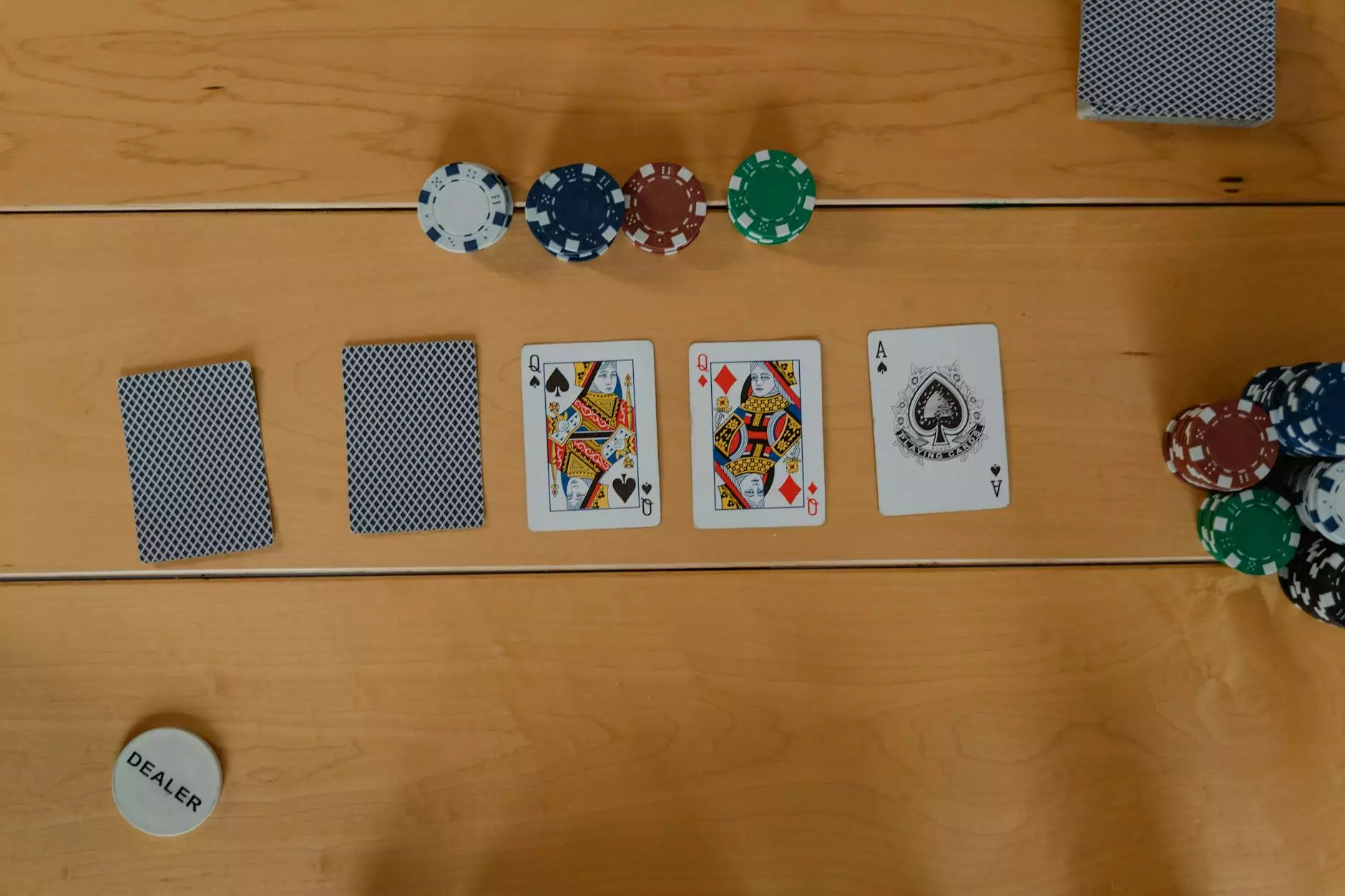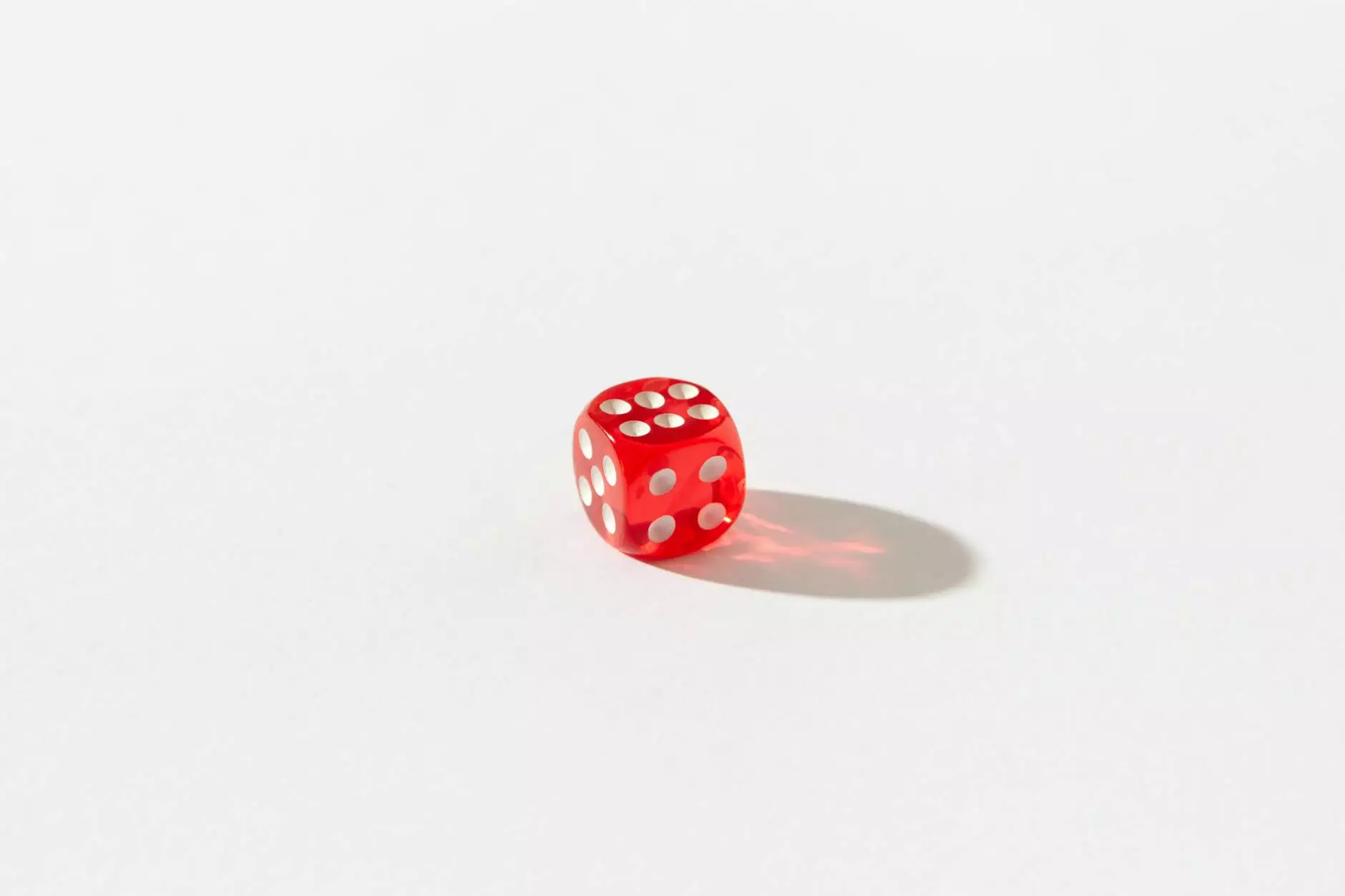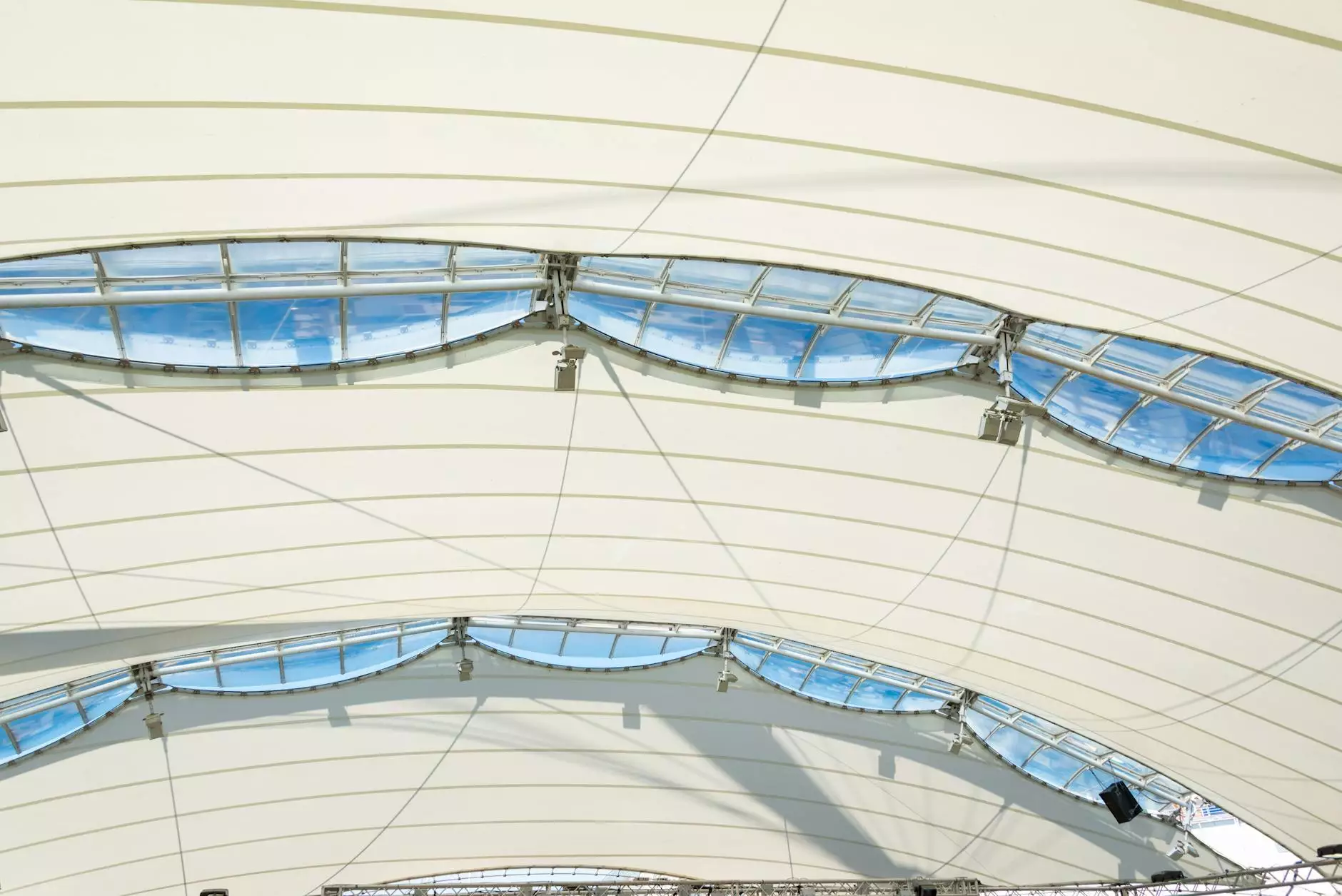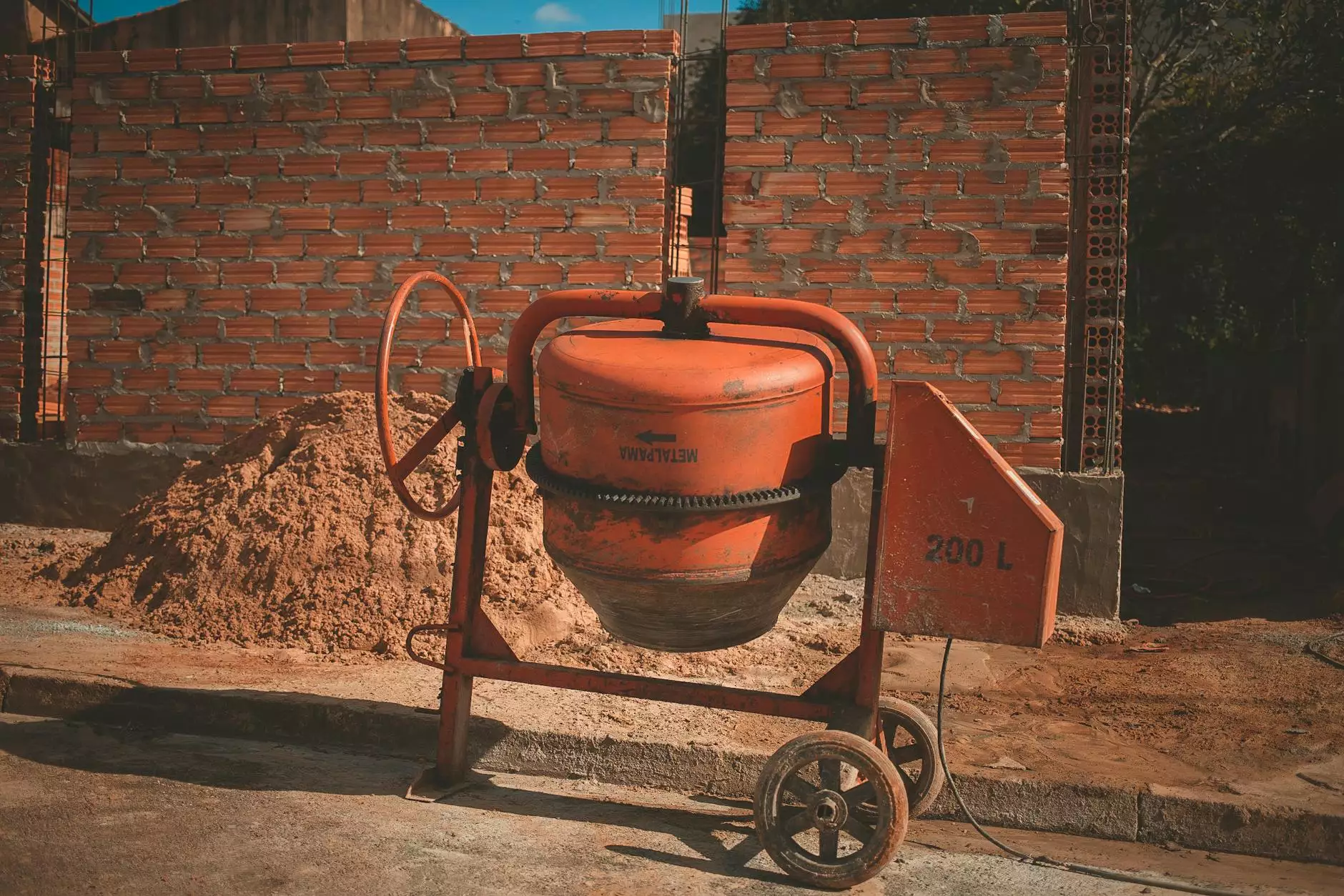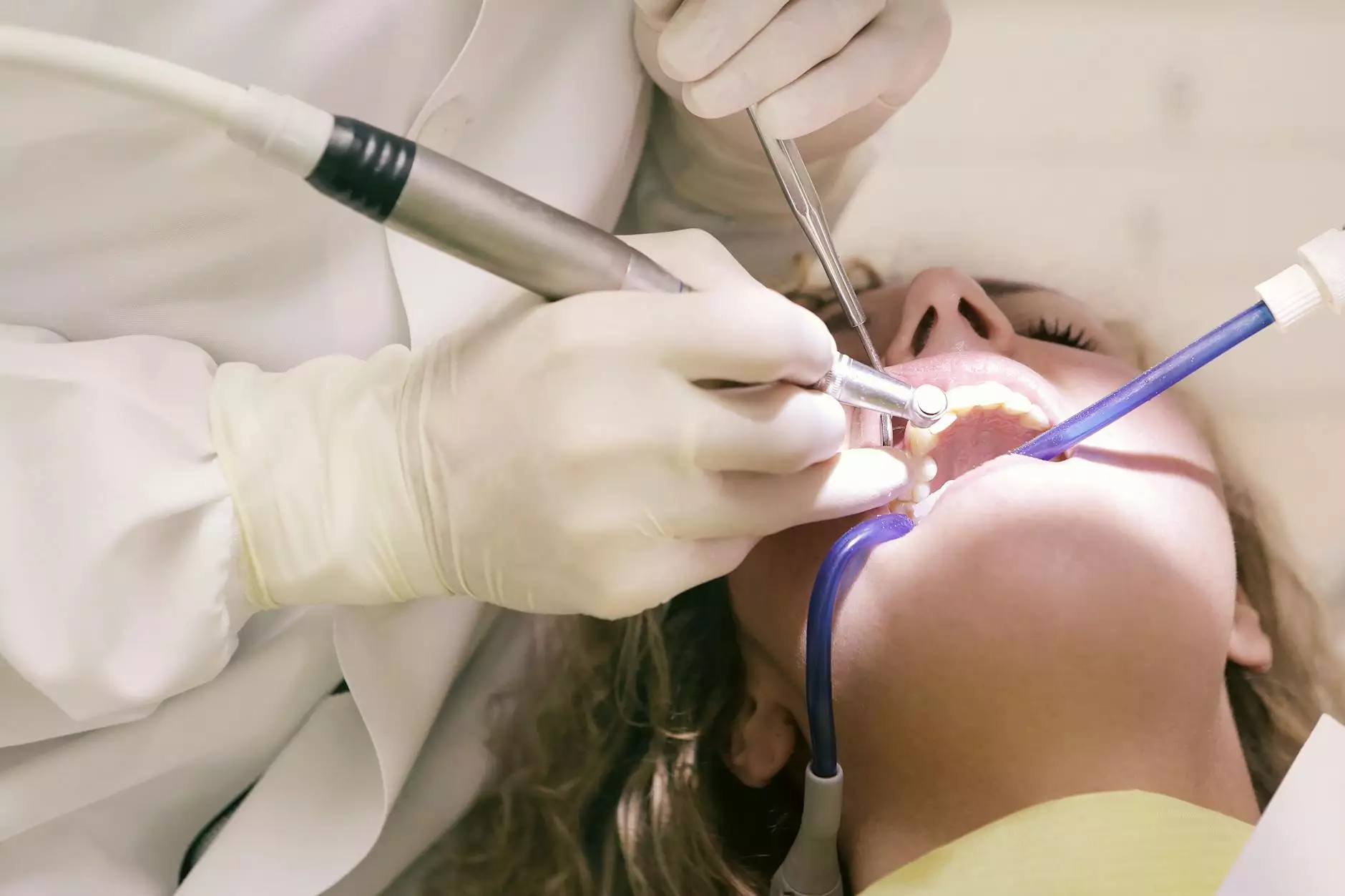Pilates with Diastasis Recti: A Comprehensive Guide to Rehabilitation and Strengthening
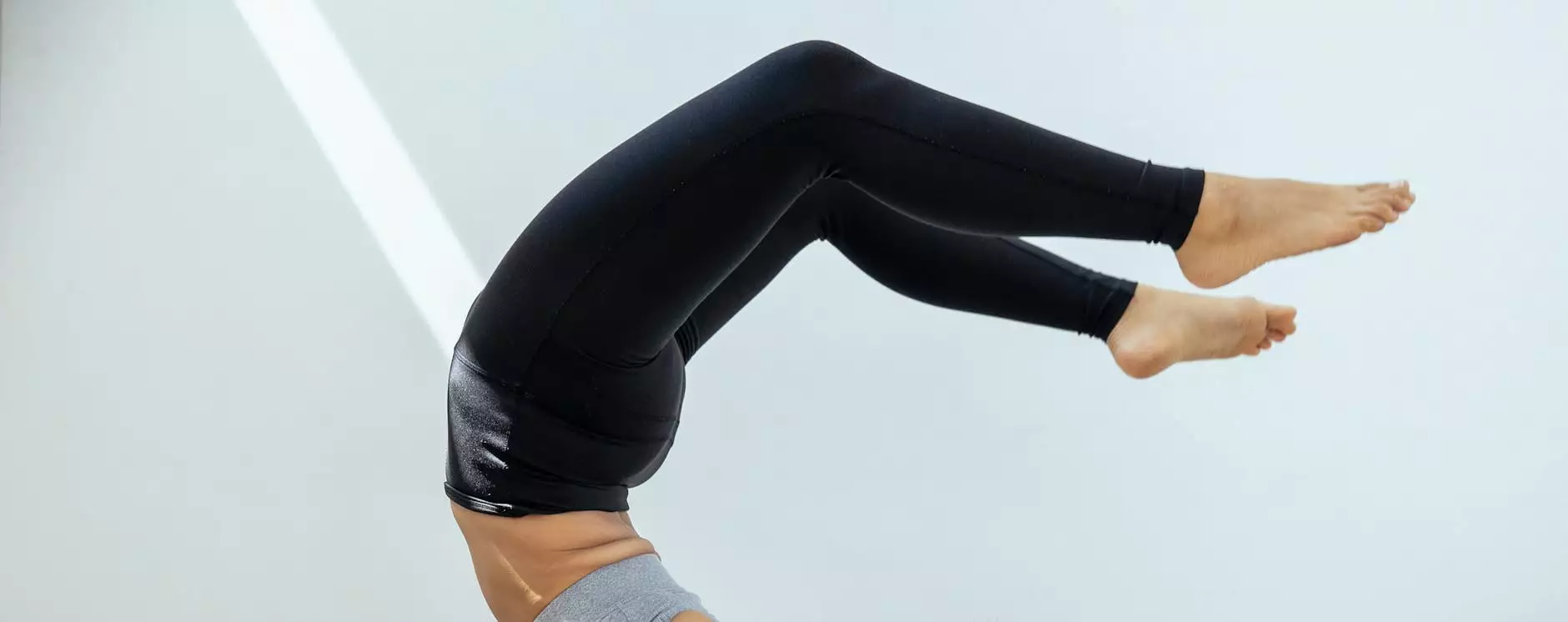
Pilates with diastasis recti is an effective approach that not only aids in the recovery process but also builds core strength and supports overall well-being. This article delves into the nuances of diastasis recti, the benefits of Pilates, and how you can safely integrate these exercises into your wellness routine.
Understanding Diastasis Recti
Diastasis recti is a condition characterized by the separation of the abdominal muscles, specifically the rectus abdominis. This separation often occurs during and after pregnancy but can also affect individuals due to factors such as obesity, specific exercises, or congenital issues. Understanding the condition is crucial for effective rehabilitation.
Symptoms of Diastasis Recti
- Visible Bulge: A noticeable bulge along the midline of the abdomen when you engage your core.
- Lower Back Pain: Discomfort in the lower back due to weakened core muscles.
- Postural Issues: Poor posture resulting from an imbalance in musculature.
- Difficulty with Certain Movements: Struggling with exercises that require core strength, like sit-ups or heavy lifting.
The Role of Pilates in Rehabilitation
Pilates offers a thoughtful and gentle way to rebuild strength and realign the body, making it an excellent modality for those with diastasis recti. It focuses on core stability, pelvic alignment, and controlled movements, allowing individuals to reconnect with their bodies safely.
Benefits of Pilates for Diastasis Recti
- Improved Core Stability: Pilates emphasizes core strength, which helps reestablish the connection between the abdominal muscles.
- Enhanced Posture: Regular Pilates practice improves overall posture, alleviating pressure on the spine and core.
- Leg Strength and Mobility: Promotes strength and flexibility in the legs, further supporting the core.
- Mind-Body Connection: Pilates encourages awareness of body movement, which is crucial for those rehabbing from an injury.
- Safe Progression: Exercises can be modified to suit individual capabilities, ensuring safety and efficacy.
Safe Pilates Exercises for Diastasis Recti
When engaging in Pilates with diastasis recti, it's essential to focus on exercises that promote healing and do not exacerbate the condition. Here are some safe and effective movements:
1. Pelvic Tilts
Pelvic tilts are foundational in reconnecting with the core while promoting pelvic stability.
- Lie on your back with your knees bent and feet flat on the floor.
- Inhale deeply, and as you exhale, gently tilt your pelvis upward, flattening your back against the mat.
- Hold for a few seconds, then return to the starting position.
2. Heel Slides
This exercise helps improve core control without excessive strain on the abdominal muscles.
- Begin in the same position as the pelvic tilt.
- Inhale, engaging your core, and slide one heel away from your body while keeping your back flat.
- Exhale as you bring your heel back to the starting position and switch to the other leg.
3. Shoulder Bridge
The shoulder bridge strengthens the glutes and stretches the hips, all while engaging the core.
- Start with your knees bent and feet flat on the floor, hip-width apart.
- Inhale, engaging your core, and lift your hips towards the ceiling.
- Hold for a few seconds, then lower your hips back down with control.
4. Side-Lying Leg Lifts
This exercise targets the outer thigh and hip muscles, promoting overall stability.
- Lie on your side with your legs stacked on top of each other.
- Engage your core and lift the top leg while keeping it straight.
- Lower the leg back down with control.
Precautions When Practicing Pilates with Diastasis Recti
While Pilates can be highly beneficial, it is crucial to take certain precautions to ensure a safe experience:
- Consult a Professional: Before starting any new exercise regime, particularly if you have diastasis recti, consult a healthcare provider or a certified Pilates instructor.
- Start Slowly: Gradually introduce exercises, paying close attention to your body's responses.
- Avoid Crunches and Sit-Ups: These exercises can increase the separation of the abdominal muscles.
- Focus on Breathing: Incorporate deep breathing to engage the transverse abdominis effectively.
Incorporating Pilates into Your Routine
Integrating Pilates with diastasis recti into your daily routine can lead to significant improvements in core strength and overall function. Here’s how to effectively incorporate Pilates into your wellness regimen:
Create a Consistent Schedule
Establishing a regular practice is key. Aim for 2–3 days a week, allowing your body to adapt and strengthen over time.
Find a Qualified Instructor
Seek out certified Pilates instructors who have experience working with clients with diastasis recti, ensuring a tailored experience that prioritizes your safety.
Listen to Your Body
Pay attention to how your body feels during and after each session. Modify exercises if you experience discomfort or strain.
Utilize Online Resources
If in-person classes are not an option, look for reputable online platforms where qualified professionals offer instructional videos tailored for diastasis recti. This can enhance your understanding and ensure proper technique.
Conclusion
Engaging in Pilates with diastasis recti can significantly aid in recovery and empower individuals to reclaim their strength and confidence. By focusing on safe exercises, maintaining consistency, and seeking professional guidance, you can embark on a journey of healing and wellness. At Hello Physio, we promote the significance of a comprehensive approach tailored to individual needs among clients pursuing physical therapy and sports medicine. Take the first step today towards a stronger core and healthier lifestyle!
Contact Hello Physio
For personalized services and consultations on how to manage diastasis recti through Pilates and other forms of physical therapy, please visit our website Hello Physio for more information.
